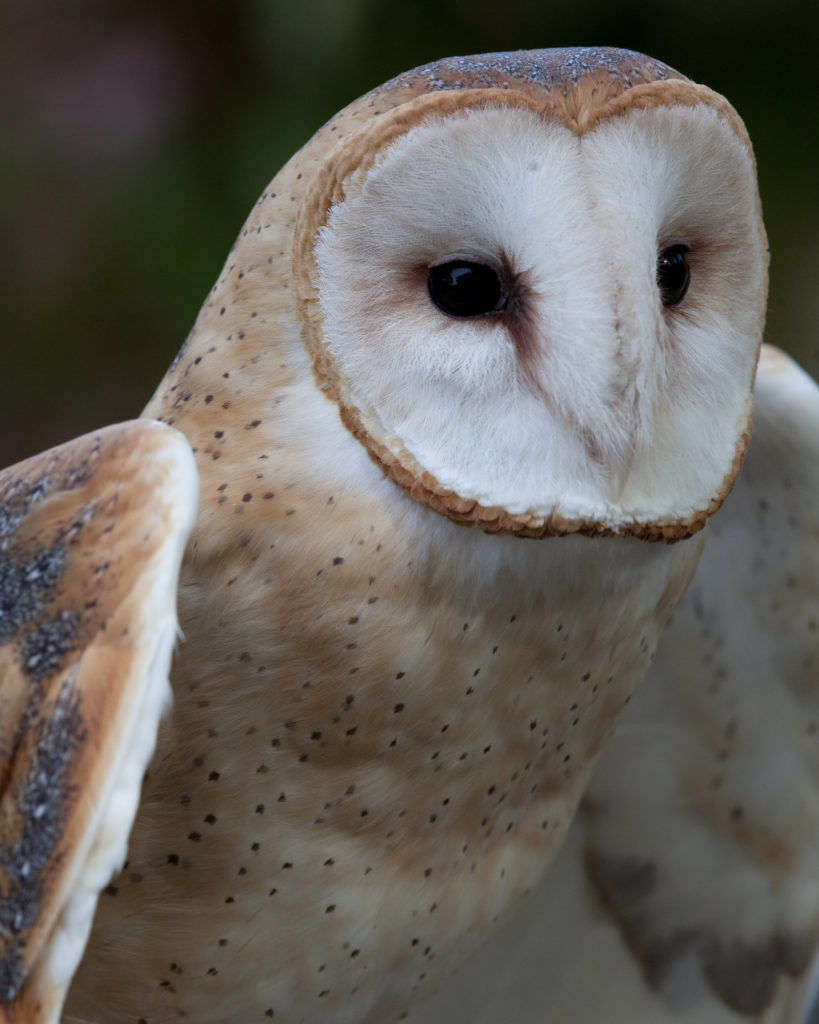
Submitted by the Ohio Department of Natural Resources.
No other animal is connected to folklore and superstition than the owl, and the behavior of the barn owl plays a big part in this mythology. The barn owl is listed as a state-threatened species, but thanks to work by the Ohio Department of Natural Resources (ODNR) Division of Wildlife, partnering organizations, and private landowners, barn owl populations in the Buckeye State are sustained due to nest box monitoring and habitat restoration.
Barn owls haunt old buildings such as barns, church steeples, or abandoned houses. However, having a barn owl roosting nearby is more helpful than haunting. While barn owls may be no wiser than the average bird, they are good at catching mice, meadow voles, and other small rodents that can sometimes be a problem for people.
Ohioans can help barn owls and other vulnerable wildlife by donating all or a portion of this year’s state income tax refund. By making a tax donation to the Wildlife Diversity Fund, Ohioans are helping to ensure the future of Ohio’s ecosystems, from native habitats and landscapes to endangered plant and wildlife species.
Funds from the tax donation program go directly to projects that protect Ohio’s wildlife. Individuals may donate by entering a dollar amount for “Wildlife Species” on line 26d of the 2020 IT 1040 tax form. Contributions made on the 2020 tax return and filed in 2021 are considered deductible donations made in 2021.
No other bird looks like a barn owl, with its beautiful light tan feathers above and nearly snow white feathers below. Barn owls depend on open grassland over which to hunt. However, little of this beneficial habitat is available for barn owls and other grassland-dependent animals. Fewer grassy meadows produce fewer meadow voles. Without prey and habitat, barn owls move on to better hunting grounds.
When barn owls are not haunting an old building, barn, silo, or chimney, they may roost and nest in a hollow tree. They will also use specially constructed nesting boxes placed in barns. The dedicated work of the Division of Wildlife and its partners to protect barn owls, along with enhanced wildlife habitat and the placement of nest boxes, has helped protect populations of this threatened species. Browse the free Owls of Ohio Field Guide to learn more about the barn owl and other important owl species in Ohio.
The Division of Wildlife is responsible for conserving and improving fish and wildlife resources in the Buckeye State. Follow the Division of Wildlife on Twitter and Facebook for instant news stories, outdoor recreation ideas, local wildlife information, and so much more. The Your Wild Ohio Explorer page provides wildlife success stories and ways to help wildlife throughout the seasons. Visit wildohio.gov to find locations to hunt, fish, trap, and view wildlife. Follow us on Instagram to view the best of Ohio’s wildlife photography. And don’t forget about the HuntFish OH mobile app, available for Android and iOS users through the app store.
The mission of the Division of Wildlife is to conserve and improve fish and wildlife resources and their habitats for sustainable use and appreciation by all. Visit wildohio.gov to find out more.
